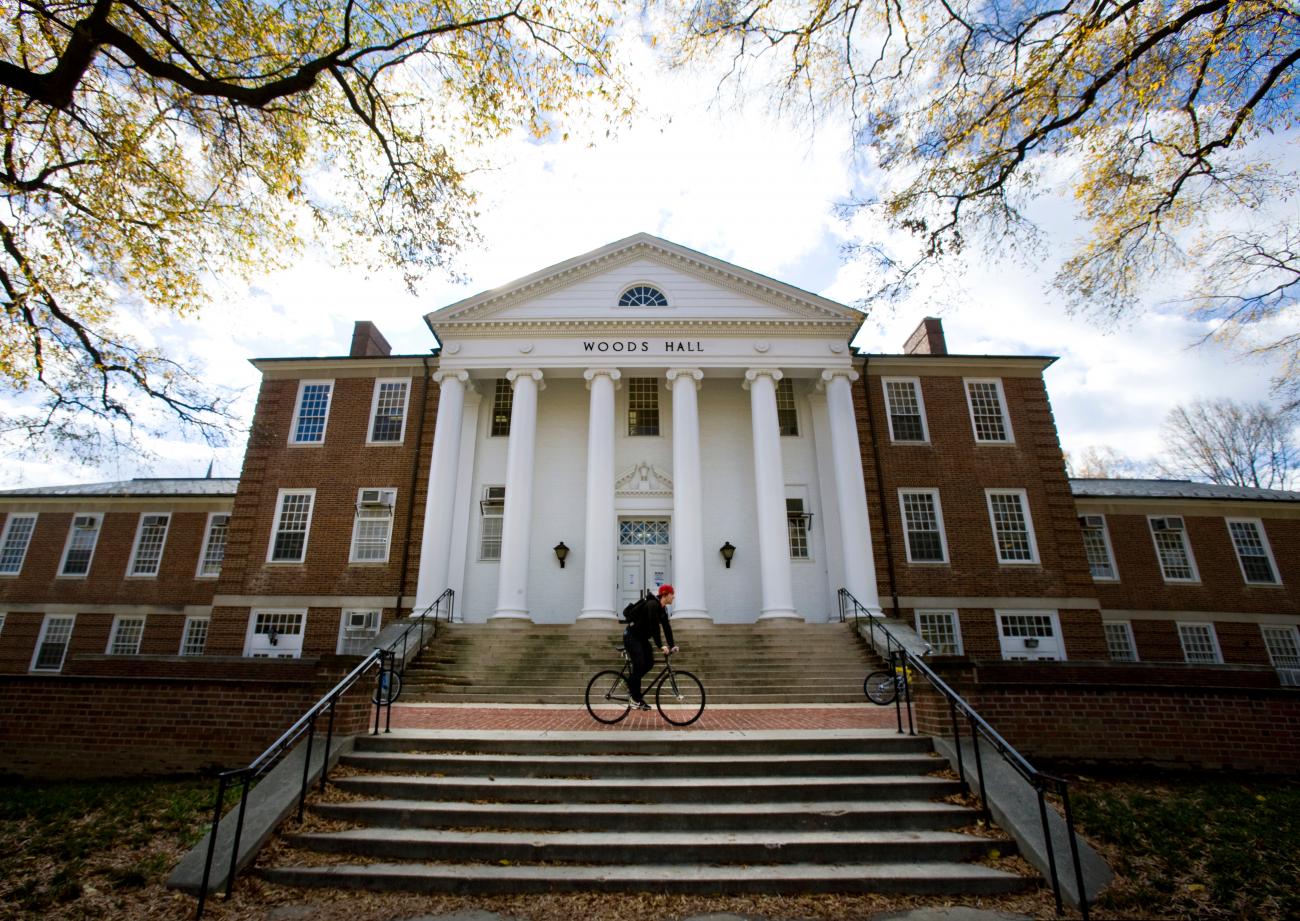Bioscience Day is an annual event on the College Park campus that features research talks, presentations, mini-symposia and demonstrations by University of Maryland scientists.
Dr. Sean Downey will be presenting the seminar, Early warning signals of population collapse among European Neolithic societies (8000-4000 BP), at the conference.
Abstract
Is it possible that one of humanity’s major advances in technology—agriculture—failed to buffer against widespread social collapse during the Early Neolithic period in Europe? If so, what lesson can contemporary societies learn from the archaeological remains of this important phase in human evolution? In this talk, Downey will analyze whether declining socio-ecological resilience presaged the pattern of collapse. Recent developments in theoretical ecology suggest that ecosystem resilience tends to decrease in advance of regime shifts, such as the transition from rapid population growth to collapse, and that declining resilience can be measured in complex systems using generic quantitative indicators called early warning signals (EWS). Research has shown with a high degree of certainty that radiocarbon-inferred Neolithic human demography in Europe exhibits a boom-and-bust pattern triggered by the introduction of agriculture. However, until recently, EWSs of declining resilience have only been detected in carefully controlled biological experiments, paleoclimate proxies, and in relatively simple biological and physical systems. In this talk, Downey will present research showing that EWSs have now been detected in human populations. The study uses simulation modeling to validate its quantitative methods and shows that sampling biases, atmospheric effects, radiocarbon calibration error and taphonomic processes are unlikely to explain the observed EWS patterns. These new findings result from improvements in the integration of large-scale archaeological datasets, and computational and statistical advances that are narrowing the gap between archaeological data and theory. Downey will also discuss several plausible causes for social collapse during the European Neolithic, including climate change, deforestation, warfare, disease and long-term demographic cycling. It remains unclear whether modern technological innovation can continue to outpace demand, and it is important that sustainability scientists consider how these generic mechanisms can contribute to human demographic collapse, as well as the possibility for developing new ways of detecting declining resilience in contemporary societies.
For the complete schedule and to find out more information, visit: http://bioscienceday.umd.edu/



